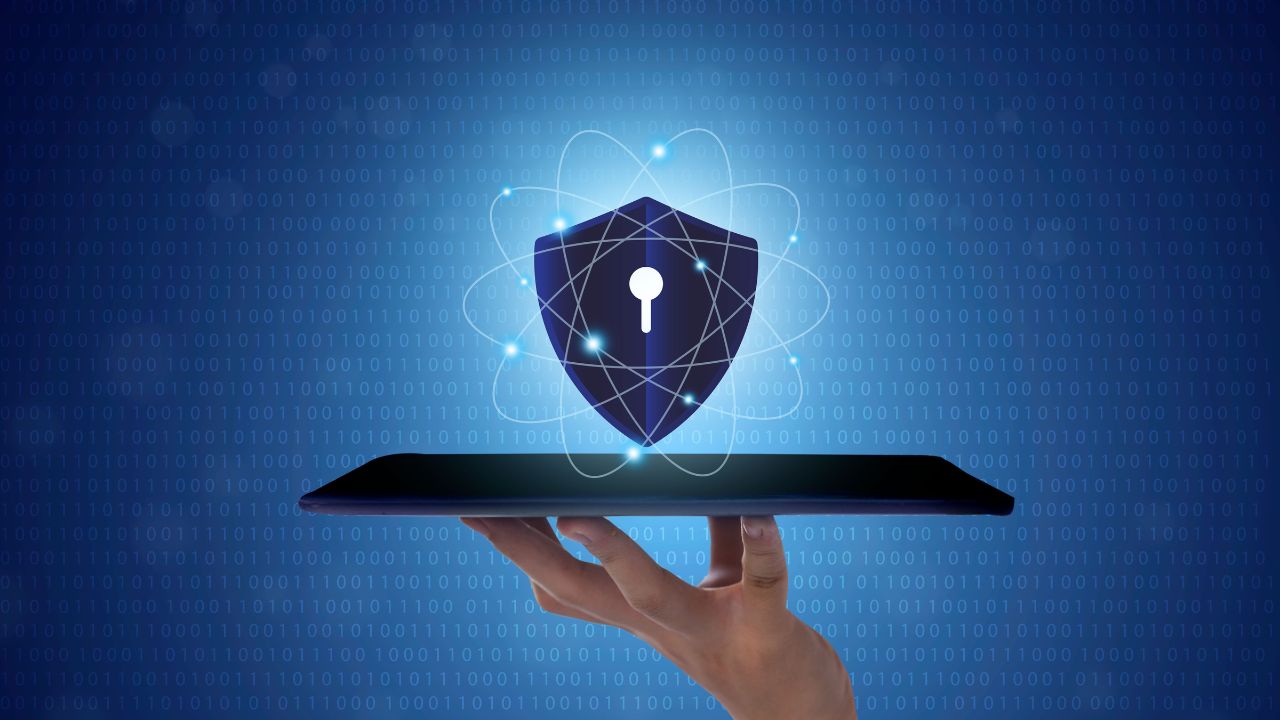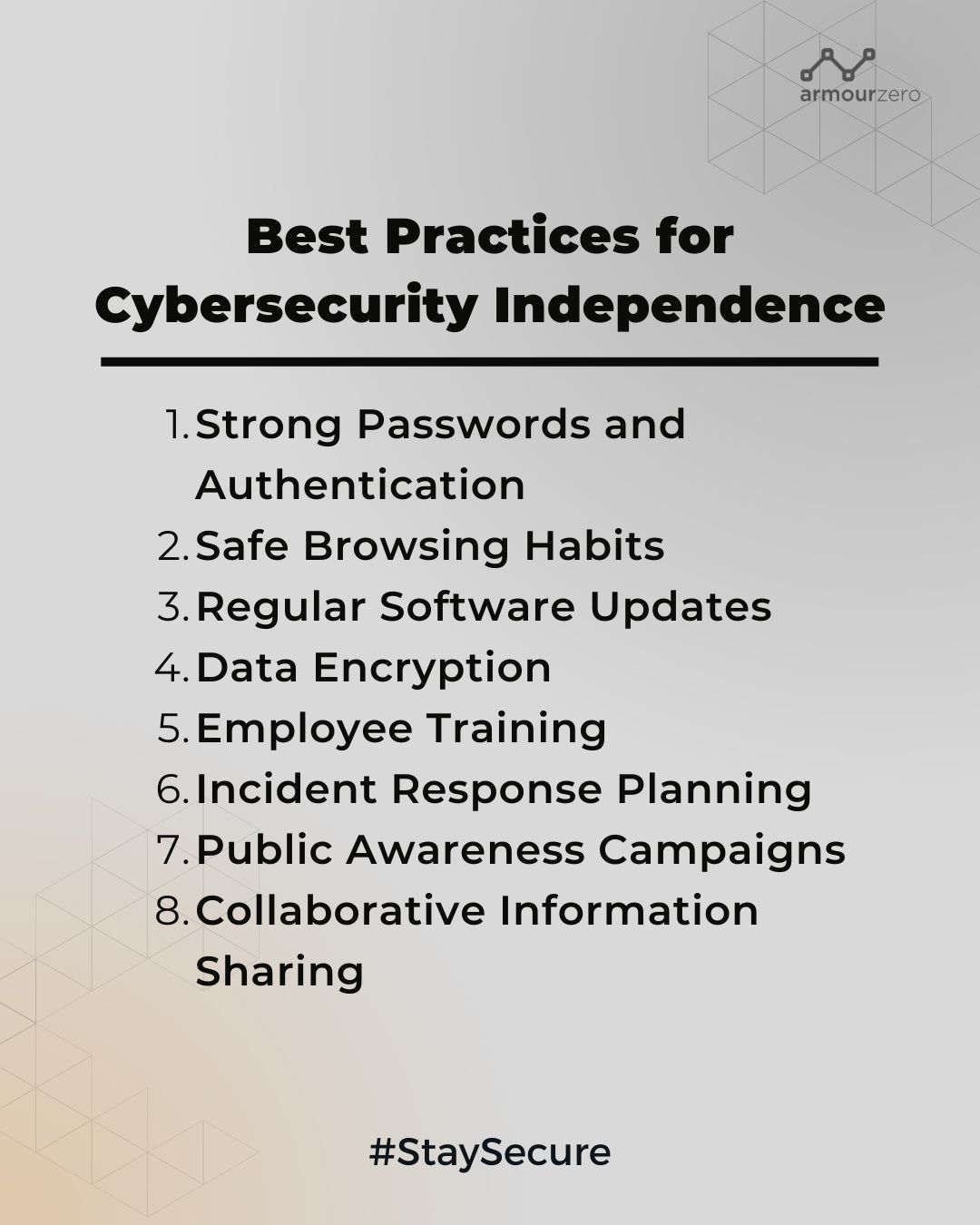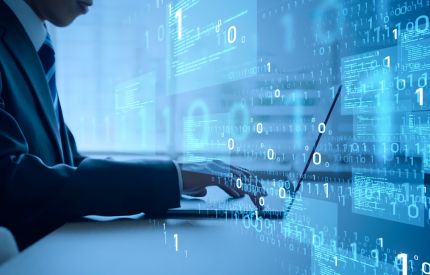Achieving Cybersecurity
Independence in Southeast Asia

August is a momentous month for countries in Southeast Asia, as it marks the celebration of independence for nations like Singapore (on the 9th), Indonesia (on the 17th), and Malaysia (on the 31st). While we commemorate our historical freedom, it is also crucial to reflect on our modern-day independence in the digital realm. Cybersecurity is a pressing issue that demands attention and action to protect our online sovereignty. This article explores the significance of being independent from cyberattacks and the measures required to achieve a cyber-resilient Southeast Asia.
Navigating the Cybersecurity Landscape and Challenges
Southeast Asia’s remarkable digital advancement has brought unprecedented opportunities for growth and innovation. However, this progress is accompanied by the escalating spectre of cyberattacks. The region’s diverse economic landscape, featuring both highly developed countries and emerging economies, has given rise to a varied technological ecosystem. While these advancements offer numerous benefits, they also expose the region to an intricate web of cyber risks.
- Evolving Threat Landscape: Cyber threats in Southeast Asia range from individual-driven attacks like phishing and identity theft to large-scale, state-sponsored attacks. The interconnectedness of economies and societies further amplifies the ripple effects of these threats.
- Data Privacy Concerns: With the rapid digitisation of services, individuals and businesses are generating unprecedented amounts of data. Ensuring data privacy and preventing unauthorised access are significant challenges.
- Critical Infrastructure Vulnerabilities: As nations digitise critical infrastructure such as power grids, transportation systems, and healthcare networks, the potential impact of cyberattacks on public safety and national security becomes a critical concern.
- Economic Implications: Cyberattacks can cripple businesses, disrupt supply chains, and erode consumer trust. The economic implications of successful cyberattacks are substantial, affecting both individual livelihoods and national economies.
- Varied Technological Maturity: The technological maturity of Southeast Asian countries varies widely. While countries like Singapore boast advanced cybersecurity frameworks, others may struggle due to limited resources or a lack of awareness.
- Cross-Border Challenges: Cybercriminals often exploit the porous borders of cyberspace. Transnational cybercrime makes attribution and collaboration between countries challenging.
The rapid convergence of technology and evolving cyber threats underscore the importance of comprehending the cybersecurity landscape. By acknowledging the digital diversity within Southeast Asia and the dynamic threat landscape, we can lay the foundation for well-informed strategies and collaborative initiatives aimed at achieving cybersecurity independence.
Southeast Asia faces unique challenges when it comes to cybersecurity. The diversity of technological advancement across the region leads to discrepancies in cyber readiness. While Singapore boasts sophisticated cybersecurity infrastructure, other countries might struggle with limited resources and cybersecurity awareness. Additionally, the evolving sophistication of cybercriminals makes it challenging to keep up with their tactics.
Initiatives and Collaborations for Cyber Resilience
Recognising the gravity of the situation, countries in Southeast Asia have been taking proactive measures to fortify their cybersecurity defences. National cybersecurity strategies have been implemented, emphasising collaboration between governments, private sectors, and civil society. Additionally, regional alliances and partnerships have been established to share threat intelligence and promote cooperation in combating cyber threats.
One notable example of regional cooperation is the ASEAN Cyber Capacity Programme, which aims to build cybersecurity capacity and foster knowledge sharing among ASEAN member states. By pooling resources and expertise, countries in the region can collectively bolster their cyber defences and enhance their resilience against cyberattacks.
Best Practices for Cybersecurity Independence
While governments and organisations play a crucial role in cybersecurity, individual users must also take responsibility for their online safety. Implementing best practices can significantly reduce the risk of falling victim to cyber threats. Here are some essential best practices:

1. Strong Passwords and Authentication
Use unique and complex passwords for each online account. Implement two-factor authentication (2FA) to add an extra layer of security.
2. Safe Browsing Habits
Be cautious of unsolicited emails, links, and attachments. Avoid clicking on suspicious URLs and verify the authenticity of websites before sharing personal information.
3. Regular Software Updates
Keep operating systems, software, and applications up-to-date. Updates often include patches that address known vulnerabilities.
4. Data Encryption
Encrypt sensitive data, especially when transmitting it over the internet. Encryption ensures that even if data is intercepted, it remains unreadable without the decryption key.
5. Employee Training
Businesses should invest in cybersecurity training for employees to raise awareness about potential threats, such as phishing attacks or social engineering.
6. Incident Response Planning
Develop a comprehensive incident response plan to mitigate the impact of cyber incidents. A well-prepared response can significantly reduce downtime and damage.
7. Public Awareness Campaigns
Governments should conduct public awareness campaigns to educate citizens about cybersecurity risks and promote responsible online behaviour.
8. Collaborative Information Sharing
Establish platforms for sharing threat intelligence among governments, businesses, and organisations. Timely information exchange can help prevent widespread attacks.
By implementing these best practices, Southeast Asia can bolster its defences against cyber threats, fostering an environment of cybersecurity independence and resilience.
The Future of Cybersecurity in Southeast Asia
The fight against cyber threats is an ongoing battle, and the future of cybersecurity in Southeast Asia hinges on continuous adaptation and innovation. The emergence of technologies like Artificial Intelligence (AI) and Machine Learning (ML) holds promise in augmenting cybersecurity defences. AI-powered tools can help detect and respond to cyber incidents more efficiently, providing a significant advantage against cybercriminals.
Furthermore, fostering a cybersecurity workforce equipped with the latest skills and knowledge will be paramount in securing the region’s digital sovereignty. Governments and private enterprises should invest in training programs and create opportunities for professionals to specialise in cybersecurity.
Conclusion
As we celebrate independence month in Southeast Asia, let us not overlook our digital sovereignty and the imperative need for independence from cyberattacks. By acknowledging the cybersecurity landscape and challenges, and implementing effective strategies and best practices, we can collectively achieve a cyber-resilient region. Let this be a momentous time when we unite to protect our digital freedoms and pave the way for a safer and more secure online world in Southeast Asia. Together, we can secure our independence not only in the physical realm but also in the digital domain.
*This article has been published on e27.co on 11 Aug, 2023
Protect your organisation from cybercrime and cyber threats today with just one click!
See our pricing here and request a demo to understand further.
You can also contact our sales to help you choose the right cybersecurity services for your business.
![]()
Written by:
Bernadetta Septarini (Content Marketing). Experienced content marketing and social media in the information technology and services industry.
Share this post
Related Posts

5 Ways ArmourZero DevSecOps Simplifies Security for DevOps
- 02 May 2024
- By:Fanny Fajarianti
- Category: ArmourHacks
Discover how ArmourZero ScoutTwo, the AI-powered unified DevSecOps platform, simplifies security for DevOps. Let ScoutTwo empower your development life cycle.

Earth Day: The Connection of Cybersecurity and Sustainability
- 22 Apr 2024
- By:Fanny Fajarianti
- Category: ArmourHacks
Uncover the link between Earth Day and Cybersecurity, promoting sustainability through data protection and environmental stewardship. Let’s secure a greener future.

What is DevSecOps? Definition & Best Practices for Tech Industries
- 18 Apr 2024
- By:Bernadetta Septarini
- Category: ArmourHacks
Learn about DevSecOps, principles, and best practices for the tech industry. Integrate security seamlessly into software development and enhance quality.

Safeguarding Your Organisation During the Hari Raya Holiday
- 09 Apr 2024
- By:Bernadetta Septarini
- Category: ArmourHacks
Protect your organisation from holiday cyberattacks during Hari Raya. Learn more about the risks and best practices for holiday security with ArmourZero.

